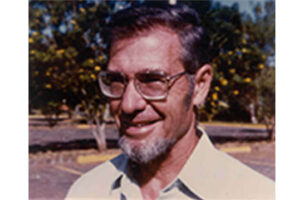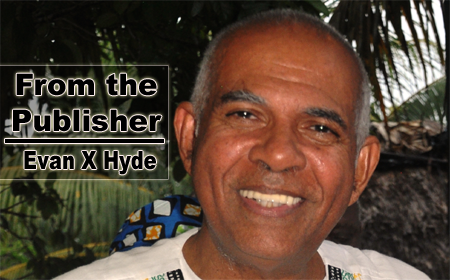Remember now, beloved, I write today not as a young, macho activist who feels he has to prove or act out everything he says. I write as a senior citizen of Belize whose two older sons are prominent in Belize’s public life at an extremely critical time in our history, the older son in unionism and the younger son in electoral politics.
There are highly placed people in the United Democratic Party (UDP) who absolutely refuse to discuss publicly the events of the later years of the 1960s and the earlier years of the 1970s which saw the very popular, late Hon. Philip Goldson, replaced as Leader of the Opposition by a man, the late Hon. Dean Lindo who, if one were to use the politics of the United States as a yardstick, was a Republican in his thinking. Mr. Goldson had been a trade unionist, an official of the General Workers Union (GWU), on which the anti-colonial People’s United Party (PUP) had been built in 1950.
The 1960s saw the transfer of British Honduras (Belize) from British colonial rule to the hegemony of the United States. The first move in this process, although none of us knew it at the time, was the opening of American borders to Belizean refugees of 1961’s Hurricane Hattie to Belizeans who had relatives in the U.S.
Since then, we have seen the unbelievably smooth transition of Belize from a clearly majority Black population to a manifestly minority Black one. The transition, to repeat, was unbelievably smooth. That is because, to my mind, it must have been orchestrated from Washington.
In 1966, Mr. Goldson, Leader of the House Opposition as Leader of the National Independence Party, had rejected the proposals of the American attorney mediator, Bethuel Webster; and Goldson’s disclosures to the Belizean people had sparked uprisings in the streets of the then capital, Belize, which was very Black at the time.
Webster’s Seventeen Proposals were officially released in 1968, and the PUP government of the self-governing colony of British Honduras was forced to reject them because of public pressure.
Webster’s Proposals were supposed to solve the Anglo-Guatemalan dispute over the territory of Belize to the extent that Belize could move on to political independence, as a satellite or subsidiary of Guatemala.
It is extremely important to understand that the United States, which had been thirteen colonies of the United Kingdom until 1776, does not practice the traditional colonialism of the British, the French, and the Dutch, for example. America uses its military, the most powerful in the world, to “leverage” governments in relevant countries, like the Central American republics, so as to get favorable treatment for American business interests.
Guatemala and Honduras are classic examples of this type of leverage, which has resulted in marriages between the business oligarchies of these republics and their American-trained militaries, and also the crushing poverty of their masses, which has resulted in the recently highly publicized migration of hundreds of thousands of Guatemalans and Hondurans through Mexico to the American border.
With Belize becoming a self-governing British colony in early 1964, and the Webster Proposals (1966-68), designed to prepare the way for Belize’s “independence,” my thesis has been that Goldson became a problem for Washington. He was not corrupt, and he did not like the Guatemalan government, which had begun a civil war with its people in 1960.
My thesis, again, has been that the big boys in Washington, when they looked at pre-independence Belize, envisaged a small version of Guatemala and Honduras, a part of the regional, anti-communist orbit.
One problem of the bureaucrats in Washington was Americans like Fr. James Carney

(“Padre Guadalupe”), an American Jesuit priest, who served among the poor in Honduras for eighteen years before he became involved with insurgent Honduran groups and was reportedly killed in 1983 by the Honduran military. (Carney’s autobiography, To Be a Revolutionary, was published in 1985.) Carney had taught at St. John’s College in Belize during the 1950s.
Another American priest with Belizean contacts was Billy Woods, a brother of the late John Woods who was killed under mysterious circumstances in Guatemala during the civil war there.
I would like you now to recall how four or five young Garifuna activists were “disappeared” in Honduras by men in “security uniforms” a few months ago. These young men were defending ancestral lands their people owned on the seacoast. This is very serious business, and nothing more has been heard of it.
What is taking place in Belize today is quite ominous, because ever since the UDP was formed in 1983, Belize has been drifting towards an oligarchical thinking. And our roots people here have been betrayed by political leaders and their attorneys and cronies, who have become exceedingly wealthy.
I urge students and academics to do some research on James Carney, because we Belizeans need to learn as much as we positively can about the realities in Honduras and Guatemala.
Power to the people.

